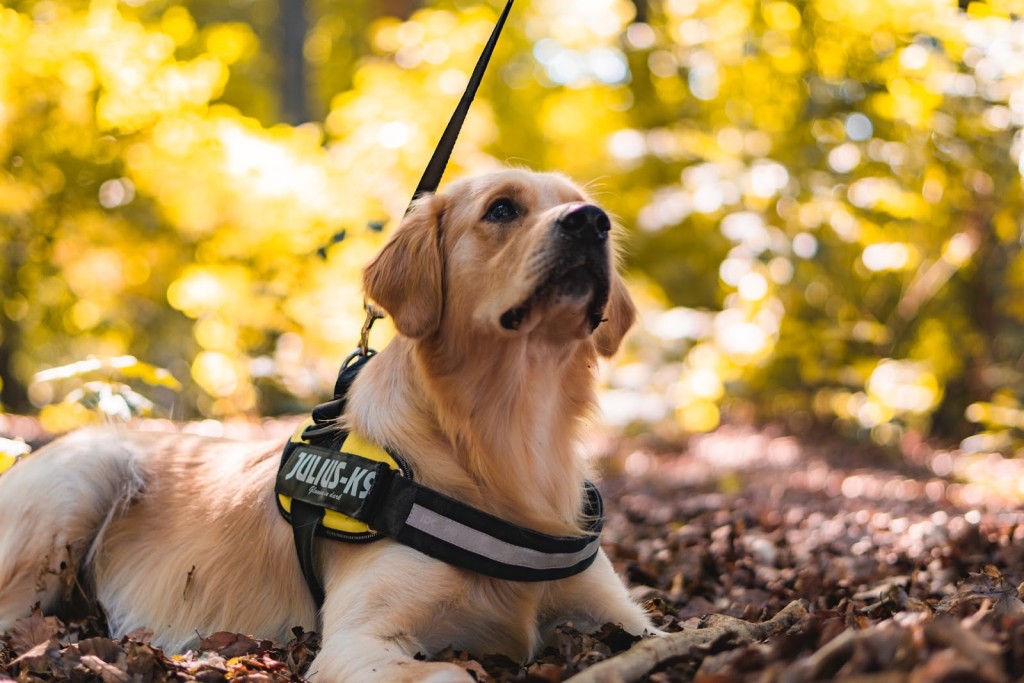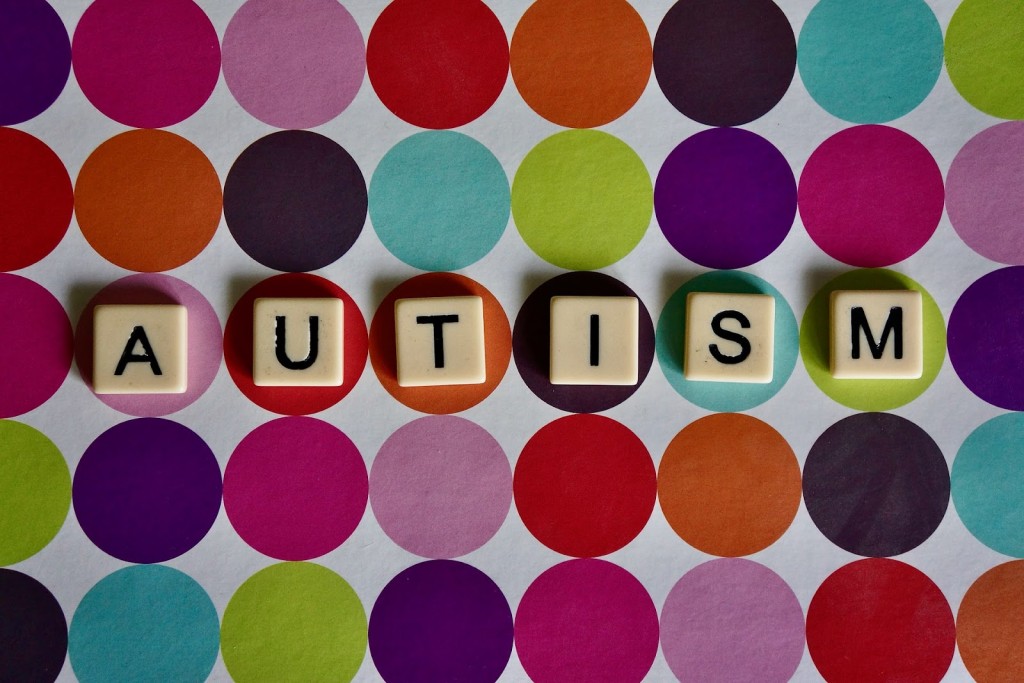A lot of people these days deal with stress and anxiety on a daily basis, whether due to their work environment, family problems, health issues, and other obligations that make them feel overwhelmed. Different factors also cause a person to be more vulnerable to high levels of stress, such as their personality traits and coping mechanisms.
If you’re dealing with stress in your daily life, it’s important to manage it so that you can stay healthy and lower your risk of depression. This article lists proven ways to relieve stress.
Have an emotional support animal.
Emotional support animals, whether dogs, cats, ferrets, or rabbits, are known to offer companionship. The simple act of stroking and hugging these animals will provide an immediate relief from stress and anxiety. Dogs, in particular, provide their owners with plenty of opportunities to go outside and engage in exercise, which boosts emotional well-being.
Read more: Examples of Emotional Support Animals That Aren’t Dogs
Make time for your hobbies.
Enjoyable activities, such as reading, playing a musical instrument, cooking, and gardening allow you to recharge your battery and relax. In fact, if you feel understimulated, hobbies can be a form of eustress. It’s the kind of stress that actually benefits you without feeling like work. You’re challenged but you’re enjoying what you do.
Bond with your pet.
If you don’t legally have an emotional support animal, interacting with your furry friend at home is good for your mental health. Teach them some tricks. Hand feed them from time to time. Schedule time for play. Add some yummy treats to their food, such as boiled eggs, salmon bites, and natural cheese.
Read more: 7 Qualities That Would Make Your Pet a Good Emotional Support Animal
Follow a healthy diet.
You’d probably agree that being stressed all the time increases your likelihood to reach for foods that are high in sugar and processed. While sugar makes you feel good temporarily, it eventually increases your stress levels. Minimize your intake of desserts, chips, and soda. Instead, prioritize whole foods. Meat, fish, chicken, salad greens, and nuts ensure that your body is well-nourished. Proper nutrition makes you more resilient to stress.
Create boundaries.
How comfortable are you with certain things? This question helps you gain an understanding of your personal boundaries. Something that bothers you may not have the same effect on other people, which is why you need to know what you’re comfortable with. If you find yourself feeling more resentful and “doing more for others,” then it’s a sign that you should learn to say NO. Learn assertive communication techniques.
Final Thoughts
Last but not least, consider seeing a therapist if stress and negativity are preventing you from making positive changes in your life. Taking the weight off your shoulders will protect you in the long term.
Do you own an assistance animal? Register your pet today.
The Service Animal Registry of California invites you to have your assistance animal registered in order to designate its status. We also encourage you to take our online classes so you can be fully aware of your rights and gain more knowledge about your support animal.
Finally, we present to you our book entitled, “ASSISTANCE ANIMAL LAWS: LEARN YOUR RIGHTS REGARDING SERVICE ANIMALS, EMOTIONAL SUPPORT ANIMALS, THERAPY PETS, AND OTHER DOGS, CATS, AND ASSISTANCE ANIMALS” to provide you with a complete education on assistance animals. Purchase your copy of the book by clicking the image below. 





























